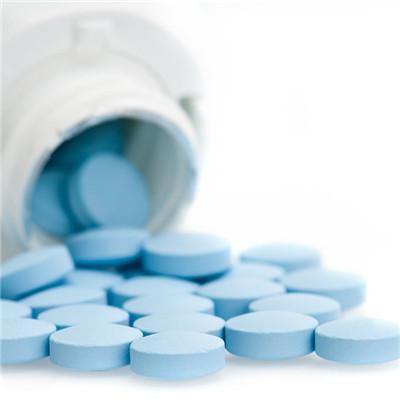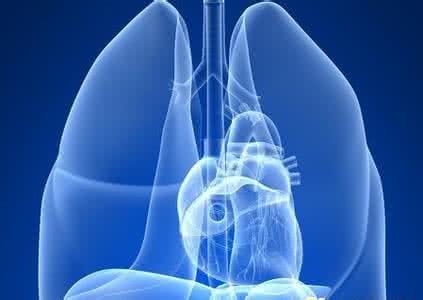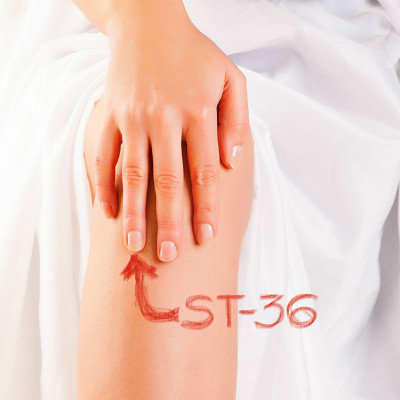How is intrahepatic cholangiocarcinoma diagnosed?
summary
Now people pay more attention to health, and those who have conditions will have regular physical examination. In our daily life, we need to eat more fresh fruits and vegetables. Some people are found to have liver cancer during physical examination. The patients are very surprised and panic, and feel incredible. So let's understand how intrahepatic cholangiocarcinoma is diagnosed??
How is intrahepatic cholangiocarcinoma diagnosed?
First, B-mode ultrasonography is the first choice for obstructive jaundice because it is non-invasive, repeatable, simple and economical. It has the following advantages: (1) it can show the dilatation of intrahepatic bile duct and the emptiness of extrahepatic bile duct and gallbladder; ② The distal lumen of the dilated bile duct was suddenly cut off and occluded, and moderate or low echo mass shadow could be found; ③ The location and infiltration range of the tumor can be determined; The relationship between tumor and hepatic artery and portal vein, and whether there is tumor thrombus in portal vein; ④ At the same time, we can also know whether there are intrahepatic metastasis and extrahepatic lymph node metastasis. The disadvantage of B ultrasound is that it can be affected by obesity, rib arch covering, intestinal gas and the operator himself.
Second: the CT scan image is clear, not affected by obesity, intestinal gas and operator's subjective factors. CT can objectively show the location and size of tumor and the relationship between tumor and surrounding tissue; The morphological changes (hypertrophy or atrophy) of liver lobe and the relationship between tumor and caudate lobe were shown; The continuous interruption of dilated left and right hepatic ducts can provide accurate obstruction level and signs of intrahepatic bile duct dilatation. Enhanced scanning can make the tissue structure clear.
Third, magnetic resonance cholangiography (MRCP) has obvious advantages over ultrasound and CT. ① It is non-invasive, non-invasive, non radioactive, no need for comparison, and easy to be accepted by patients; ② It can clearly show the whole bile duct, and is more accurate for clinical staging and preoperative evaluation; ③ It is safe and without complications; ⑤ It can guide percutaneous transhepatic biliary drainage (PTCD) and placement of biliary stent.
matters needing attention
After knowing how to make a diagnosis of hepatic duct cancer, the patient's friends should go to the hospital quickly for treatment, so as not to delay the disease.
















